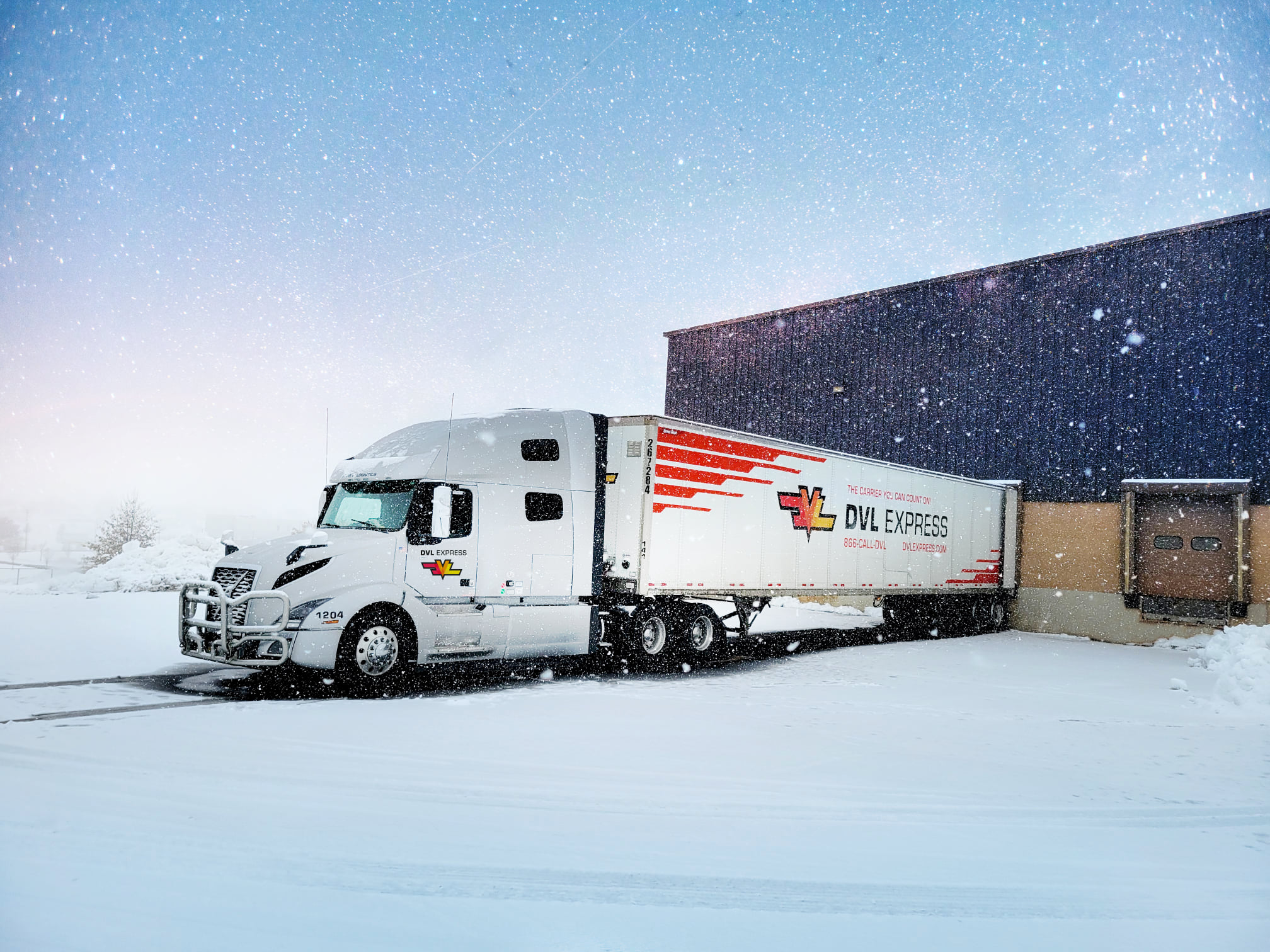

Food-grade storage and transportation can be a tricky maneuver. There are a lot of regulations to follow, and a lot of knowledge is necessary for what can be stored or transported together and what can’t. It’s also important to understand the exact temperatures that different kinds of fruits and vegetables should be stored at, as well as their humidity levels. For instance, honeydew melons should be stored around 55-65° F, while citrus, passion fruit, and watermelon should be stored at 45-50 ° F.
All food-grade warehouses must register with the Food and Drug Administration (FDA) and have annual inspections. These evaluations are done by organizations like ASI Food Safety or the Safe Quality Food Institute. Food-grade warehouses also require a state food license, must follow the Food Safety Modernization Act (FSMA) guidelines, and have a Preventative Controls Qualified Individual (PCQI) to oversee the food safety plan.
The food safety plan must include Good Manufacturing Processes (GMPs) like:
Obviously if any of the above isn’t performed, the warehouse will lose its ability to store food. In addition, the food-grade warehouse must keep away from:
Overall, finding the right food-grade warehouse can also present its challenges. There are a few keys to look for when choosing the right warehouse: